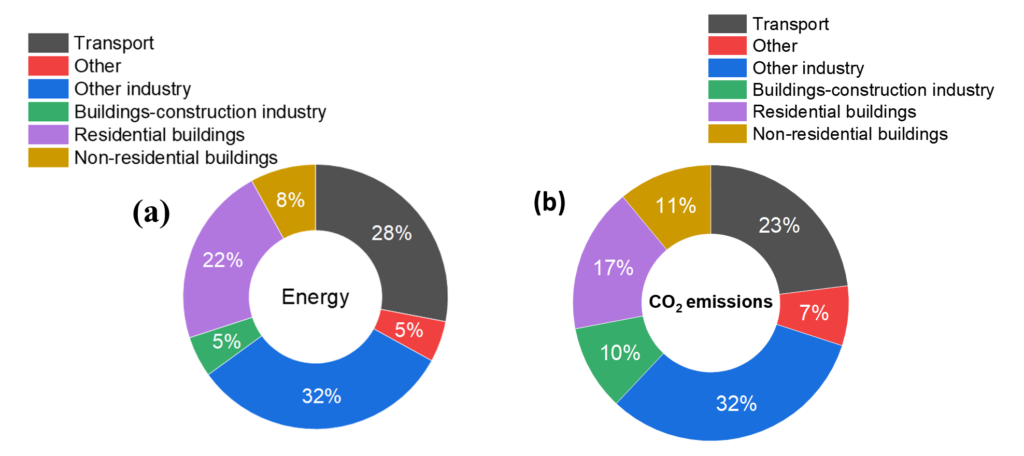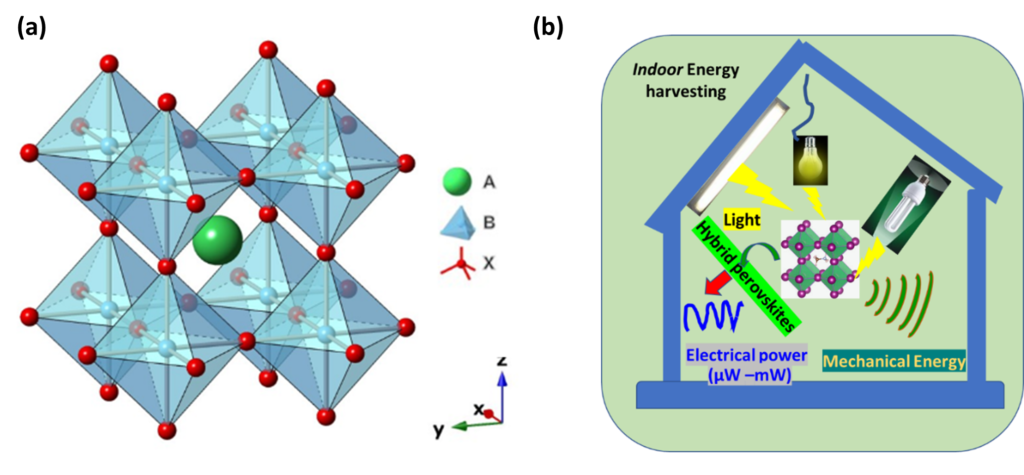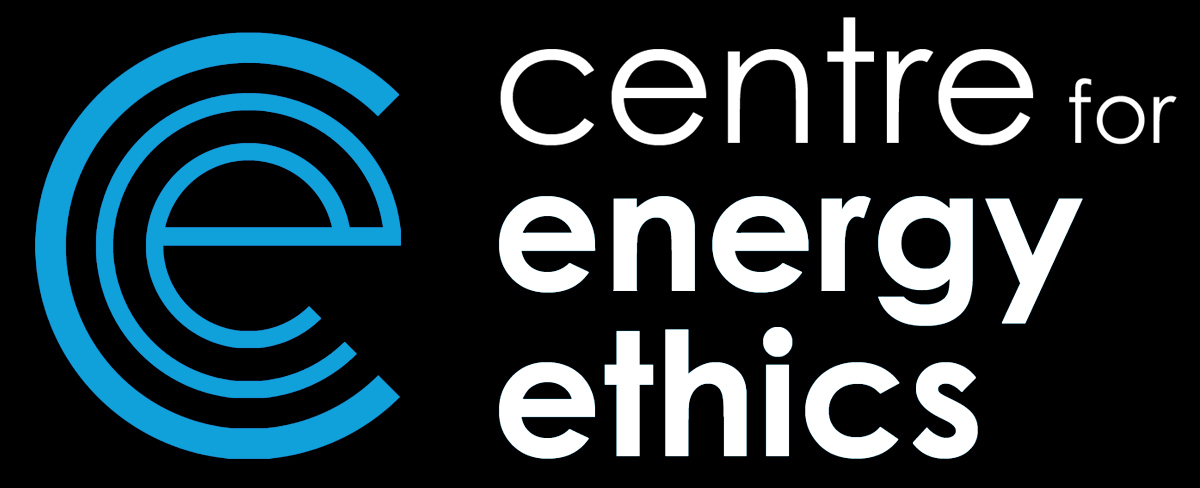By Lethy Krishnan Jagadamma
A fundamental challenge that global society is currently facing is how to satisfy increasing global energy demands whilst reducing CO2 emissions. This challenge is commonly known as the ‘energy trilemma’ (see Figure 1). The energy trilemma describes the difficulty in achieving a coherent balance of clean, affordable, and secure energy. Improvements in one factor in the triangle distorts the other components. Fossil fuels are cost-effective compared to renewable energy but are not environmentally friendly. Renewable energy, by contrast,is environmentally friendly, but not cost-effective in most cases.

Realising energy sustainability is vital for achieving the UN’s 17 Sustainable Development Goals (SDGs) by 2030. The big question is: how can we achieve these SDGs within such a limited time frame? And are there any disruptive energy technologies that can facilitate the realization of these goals?
In this blog post, I explore how ‘smart technologies’, connected by the internet and powered by new ambient energy harvesting devices, can be vital to overcoming the energy trilemma and to achieving energy sustainability. But these technologies, as I explain, still require research and innovation into efficient, reliable, environmentally sustainable and low-cost self-powering solutions if they are to be integrated into everyday life across the world.
Connecting the World: The Internet of Things
In 2018, the World Economic Forum and the European Commission reported that the Internet of Things (IoT) can be a “Transition enabler and facilitator’ in CO2 emission reduction and energy and environmental sustainability projects”. IoT is a rapidly growing network of internet-connected electrical and electronic devices that can communicate with each other and respond rapidly (see Figure 2). Connecting electronic devices to the internet is not a new thing as we already use internet-enabled mobile phones, computers and laptops. But the transformative aspect of IoT comes in connecting the everyday electrical objects to the internet to continuously monitor ambient processes and respond rapidly in real-time to optimise/automate different processes. Put simply, everything with an ON and OFF switch can be connected to the internet and can be converted to a ‘smart’ device. By incorporating IoT in energy and environment-related projects (in sectors such as industry, healthcare, building, transport, education), huge savings are predicted to be possible by 2030 in both energy (1.3 trillion MWh) and money ($14 trillion).

Incorporating IoT in the industrial sector through the digitisation and complete automation of manufacturing processes is expected to bring about the ‘fourth industrial revolution’, which is widely known as ‘Industry 4.0’. This is estimated to increase efficiency by 25% in manufacturing through continuous monitoring of production lines, reducing the downtime of machines (faster diagnostics), and linking the processes to inventory optimisation and customer orders. Thus, the successful implementation of IoT in the industrial sector can help achieve the SDG 9: Industry innovation and infrastructure. The additional efficiency realised in manufacturing processes through IoT incorporation could save consumption of electricity generated from fossil fuels and thus reduce greenhouse gas (GHG) emissions. For example, Essentra Components, which is a UK manufacturer and distributor of protective plastic caps, plugs, locks, hinges, and printed circuit board (PCB) hardware, reports that integrating IoT into their factory automation could reduce the number of machines operating at any one time from 300 to 120 while increasing output from 1.5 million to 3.7 million.
The IoT can also optimise irrigation processes and thereby support the realisation of SDG 1 No poverty and SDG 6 Clean water and sanitation. According to the World Bank, currently 70% of the world’s freshwater is used for irrigation. To meet the food demand of expanding populations, global agricultural production has to increase by 50% by 2050. Along with rising agricultural production, there will be a rise in the demand for irrigation. The traditional method of pre-programmed schedules for watering often leads to significant overwatering, waste of water and even damage to agriculture. By incorporating IoT into irrigation projects, ground humidity data and weather forecasts can be monitored to optimise water usage and minimise wasted water. IoT incorporation adds the self-governing capability to arrange the precise watering schedules that reflect the actual weather conditions of the agricultural site.

Similarly, by incorporating IoT into a building (residential or commercial), we can convert a normal building to a smart and energy-saving building (see Figure 3). This is particularly important because buildings are the largest consumers of energy, consuming 30% of energy (including both commercial and residential buildings, see Figure 4 (a)) and accounting for approximately 30% of global CO2 emissions (see Figure 4 (b)). With smart homes, one can remotely control the electrical appliances in the building on the go, and heating, ventilation and cooling can be adjusted according to the building occupancy level to save energy and reduce wasted electricity. A recent survey on IoT infrastructure incorporation into building energy systems showed that automated lighting and window shading controls can produce energy savings of 40-50%. In short, IoT incorporation helps achieve process optimisation, which reduces waste, saves resources, time, energy and reduces GHGs. This beneficial aspect of IoT incorporation to the building sector is well aligned with SDGs 11 and 12: Sustainable cities and communities; Responsible consumption and production.
Making manufacturing, irrigation, buildings and other aspects of our societies ‘smart’ requires the use of wireless IoT ‘sensors’. As of 2020, there were 12 billion IoT-related internet connections world-wide (connected to cars, industrial equipment, and smart home devices). By 2025, around 30-50 billion objects are expected to be connected to the internet and more than half of these will be inside buildings. A smart building will utilise different sensors that monitor temperature, humidity, occupancy, proximity, and touch. IoT processes, including sensing, automation, and communication of data, all consume energy however. How are we going to power these tens of billions of sensors?

Ambient Energy Harvesting
Powering billions of IoT sensors is a huge challenge. Powering them with grid-connected electricity or batteries are not practical solutions. Connecting these sensors to the grid would require innumerable wiring and building structural modifications, making it economically and structurally impractical. Powering the sensors with billions of batteries, meanwhile, would compound the environmental and social problems associated with sourcing, manufacturing and disposing of battery materials, some of which are rare (such as lithium and cobalt) and many of which are toxic. In the existing IoT applications, these sensors are currently powered by batteries, which has limited IoT applications to small and medium scale projects. Therefore, finding a sustainable and cost-effective method of powering IoT wireless sensors is crucial to expanding the use of this technology, fully exploiting their promising capability and helping achieve the SDGs by 2030.
The most promising and sustainable solution is to self-power these wireless sensors via ambient energy harvesting. Ambient energy harvesting is the method of generating electricity from light, including the Sun but also artificial light sources such as white LEDs and fluorescent lamps in buildings. It also includes harvesting mechanical energy from human movements, machines, household appliances and temperature gradients. Different physical phenomena such as the photovoltaic effect (light to electricity), piezoelectricity (mechanical energy to electricity), and the thermoelectric effect (temperature gradient to electricity) can be exploited in ambient energy harvesting. For example, when a tumble dryer is operating, there are mechanical vibrations associated with it, which can be harvested to produce useful electricity using the piezoelectric effect.
Kinetic energy harvesting from human activities is particularly interesting due to the abundance of energy available since an average person spends a good part of the day on foot. According to a previous investigation on human activities and energy generated, human heel strikes during walking produces a large amount of untapped waste energy (67 W from a person weighing 68 Kg, walking at a speed of 2 steps per second, and striking at a heel height of 5 cm). Harnessing a few percentages from this wasted energy would be enough to power wireless sensor nodes in IoT. These forms of energy are now mostly lost as waste. By recycling part of the electrical energy used in lighting and for operating machines, and by harnessing the energy from human activities and using it to power the sensors in IoT, the energy security of our limited energy supply is improved as it reduces the dependence on conventional fossil fuels. Achieving improved energy security through ambient energy harvesting can, in turn, help us realise energy sustainability as defined by the energy trilemma, shown in Figure 1.
Cutting Edge Research
In our Energy Harvesting Research Group in the School of Physics and Astronomy at the University of St Andrews, we are developing indoor ambient energy harvesters. These harvesters aim to support the development of IoT systems by providing economically and environmentally sustainable energy, thus reducing the dependence of present-day IoT sensors on batteries.
We are focusing on hybrid perovskite semiconductors. Hybrid perovskites are a family of materials that bind organic and inorganic components to a molecular composite (see Figure 5a). By recycling light from artificial light sources (such as LEDs and fluorescent lamps) and mechanical vibrations from appliances (such as washing machines and tumble driers), these otherwise wasted forms of energy can be harvested to power these wireless sensors ‘sustainably’ (see Figure 5b). A drawback is that hybrid perovskites contain toxic lead (Pb), but research is being conducted on how to recycle this Pb and to replace Pb with less toxic elements such as Tin (Sn) and Germanium (Ge). Our research group is working to develop robust encapsulation methods to prevent Pb leakage and to recycle Pb from expired energy harvesters.

If billions of sensors are going to be connected to the IoT, and each sensor requires one or more energy harvesters, the number of energy harvesters needed in the future will be of comparable order. Hence, it is imperative that these energy harvesters be cost-effective, made of earth-abundant materials, and are made with scalable fabrication methods so this technology can be deployed readily, widely and sustainably. Hybrid Halide perovskite semiconductors possess all of these characteristics and have excellent light-to-electricity and mechanical-to-electricity energy conversion properties.
By developing resilient, cost-effective, and self-powering methods for the IoT, research in our Energy Harvesting Research Group is addressing the challenge of the ‘energy trilemma’ and advancing efforts toward achieving energy sustainability.




